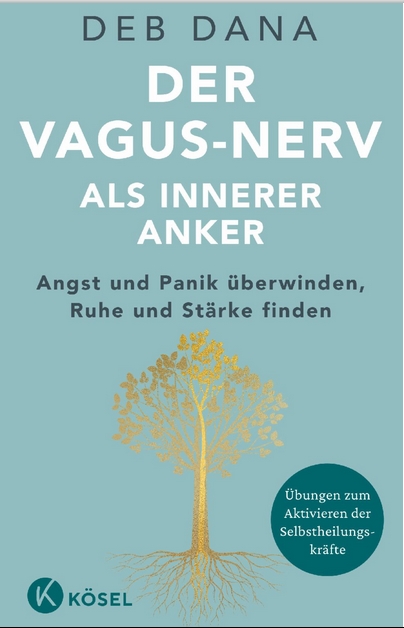The vagus nerve as an inner anchor
Product information "The vagus nerve as an inner anchor"
We all know situations in which we overreact. However, we
can train our nervous system to respond to the world with more
ease and calm. In this practical user guide , you will learn how to use the Polyvagal Theory
to move from a place of fear and panic to a grounded state of
equilibrium. Internationally renowned therapist Deb
Dana explains how you can utilise your vagus nerve, which sends signals
directly from your body to your brain. In numerous exercises, meditations and self-observations ,
she shows how you can work with this innate ability of the body
to cope with stress, conflicts and physical complaints.
In this way, we create moments of safety in which we can anchor ourselves
.
With a foreword by Stephen W. Porges, the founder of the Polyvagal Theory
"Deb Dana explains the rightly celebrated Polyvagal Theory by Stephen W. Porges in clear and concise language for the layperson. Through simple exercises, she opens up a new understanding of our autonomic nervous system. She shows how we can make it our friend and use its healing powers to connect with ourselves and our environment."

